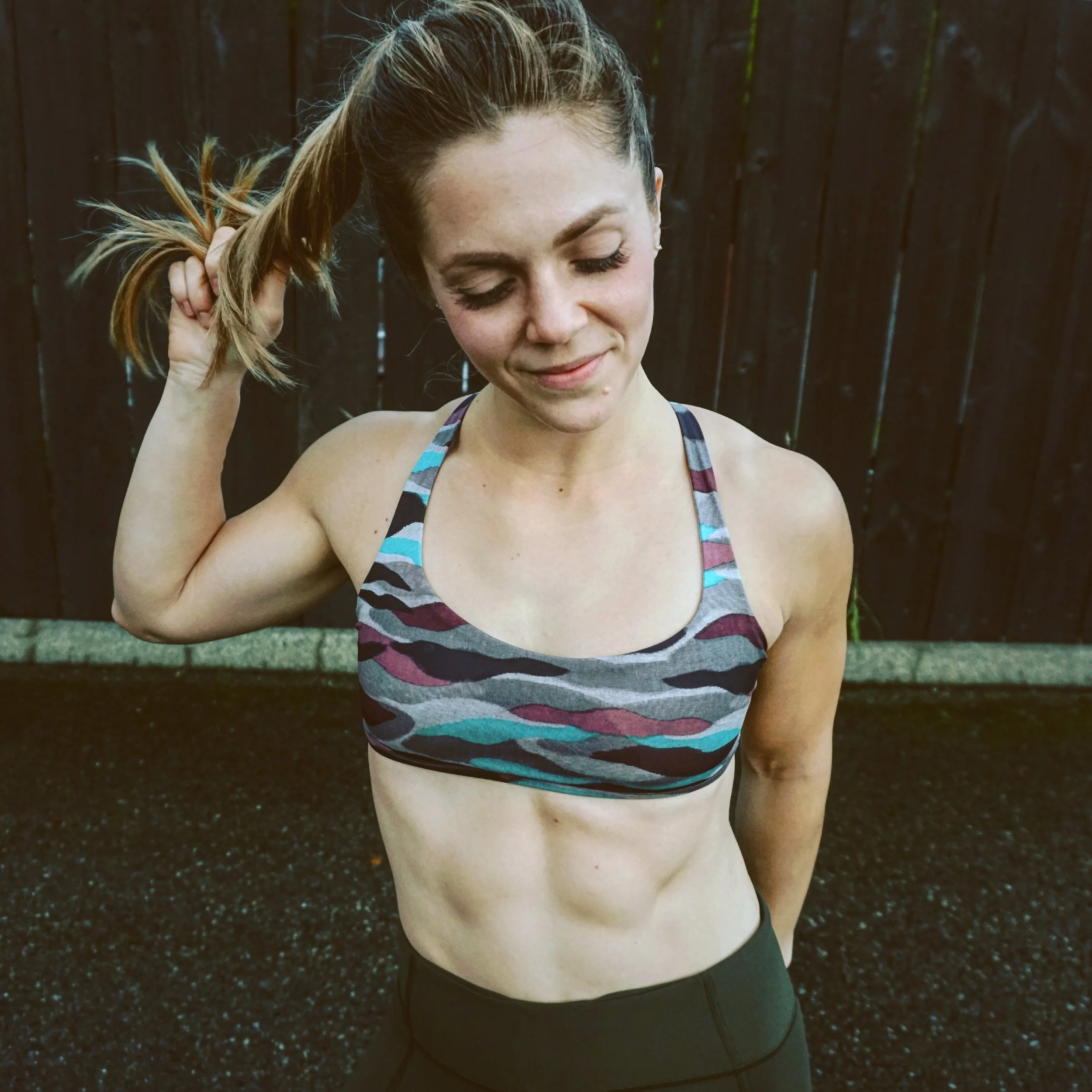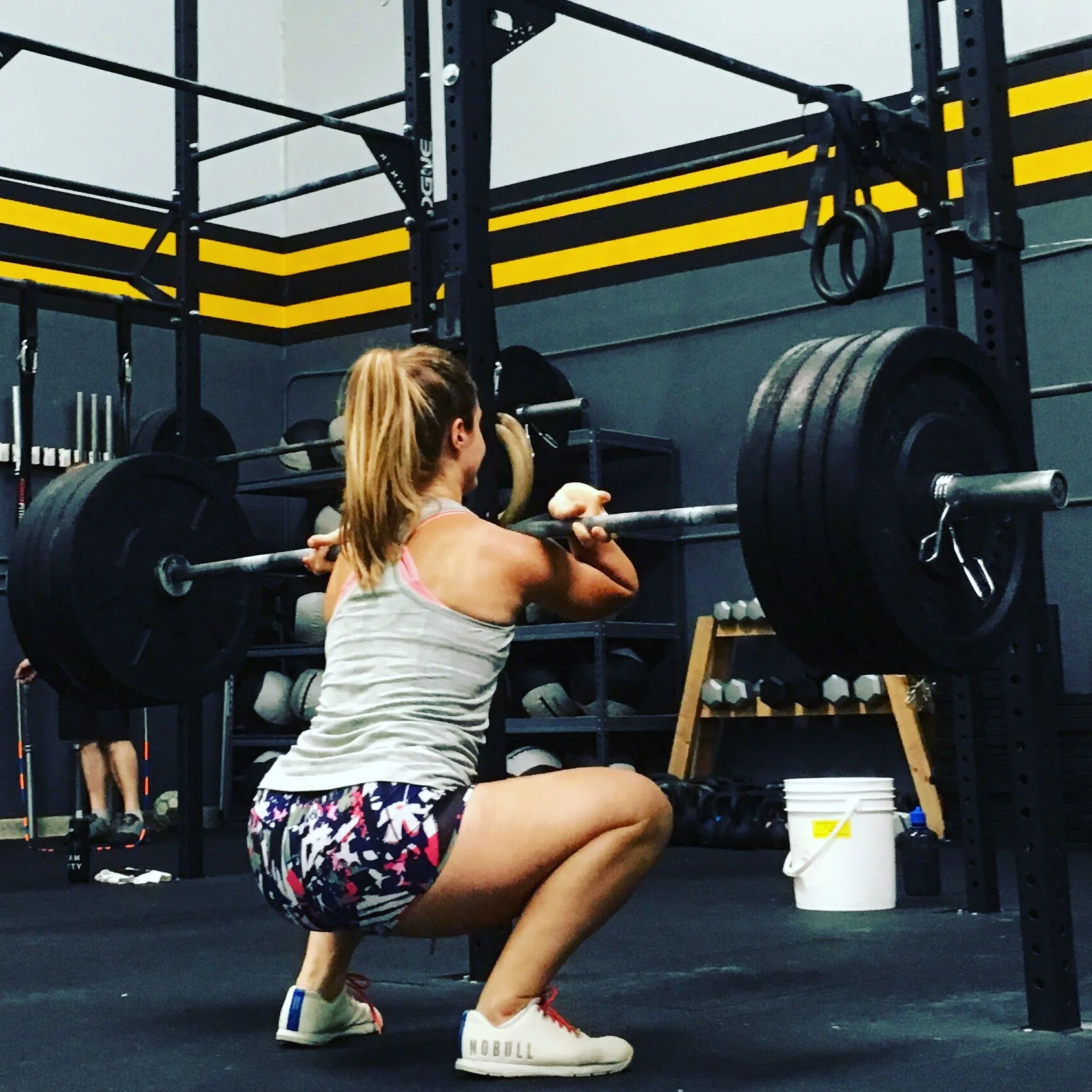What is Flexible Dieting?
Flexible dieting is a way of achieving specific aesthetic and fitness performance goals by determining the amount of calories necessary to sustain your energy on a daily basis, and then adjusting those calories and macronutrients (macros) to your specific goals.
Huh?
Let me break that down. The foods we eat are comprised of micro and macronutrients. Micronutrients are things like Omega 3, Vitamin C, E, D, etc. There are only thee types of macronutrients, or macros. These are protein, fat, and carbs. Playing with total caloric intake and the ratio of these three groups in your diet can impact the amount of fat and muscle you carry. Calories below your Total Daily Energy Expenditure results in fat loss, while staying at your TDEE supports maintenance, and adjustment over your TDEE helps to create more muscle.
Macro counting is often referred to as flexible dieting or IIFYM (If It Fits Your Macros) because no foods are off limits. Participants can eat whatever they want as long as it "fits" within their allotted macros. In terms of physique, eating below your TDEE for a period of time at the right macronutrient balance creates a lean, muscular look (like the one Cara Loren Van Brocklin has recently been sporting). Cycling above and below your TDEE can help build muscle (Brooke Ence, Katrin Davisdottir).
Grab an item of food with a nutrition label. A gram of protein is 4 calories. A gram of carbs is also 4 calories. A gram of fat is 9 calories. For someone counting macros, they'll look at the number of grams of protein, carbs, and fat in that food and its calories to determine whether or not they can or want to eat it, and how much of it to have. My Fitness Pal makes it easy by allowing you to track the macro ratio you've eaten against the macro ratio you're targeting to ensure you're on track for the day.
Macro counting has long been popular in the fitness world, specifically in body building and physique competitions. However, it's making it's way into CrossFit and seemingly becoming even more mainstream with the help of apps, blogs, and online coaching. If you haven't already, definitely download My Fitness Pal to help you track!
Starting a day of travel off at Panera Bread, I opted for one of the power sandwiches because it was low in calories. Then, I opted to remove the cheese because it drastically increased the fat content. I added an extra egg white to amp up the protein content.
There are a number of macro calculators out there, but it's not an exact science. It's important to closely monitor results to determine whether adjustments need to be made, and then to make the right adjustments. Our bodies need fat and carbs to survive, however excess carbs and fat are stored by our bodies as fat. It's very hard to store excess protein as fat. if you're lifting heavy, it's commonly recommended to target a 1:1 ratio of grams of protein to pounds of bodyweight. Less active lifestyles may call for as low as .7 grams of protein per pound of bodyweight. Another recommendation is a maintenance macronutrient ratio of 30% protein, 30% fat, 30% carbs. When "leaning out", or eating below TDEE, carbs and fat macros are generally adjusted around your protein for optimum fat loss.
I've just made some pretty big generalizations here, but I hope this helps give you a basic grasp of flexible dieting as a concept. I post frequently about my macro journey on my social channels and will continue to on This Girl Inspired, so check in with me often for tips and insights!



